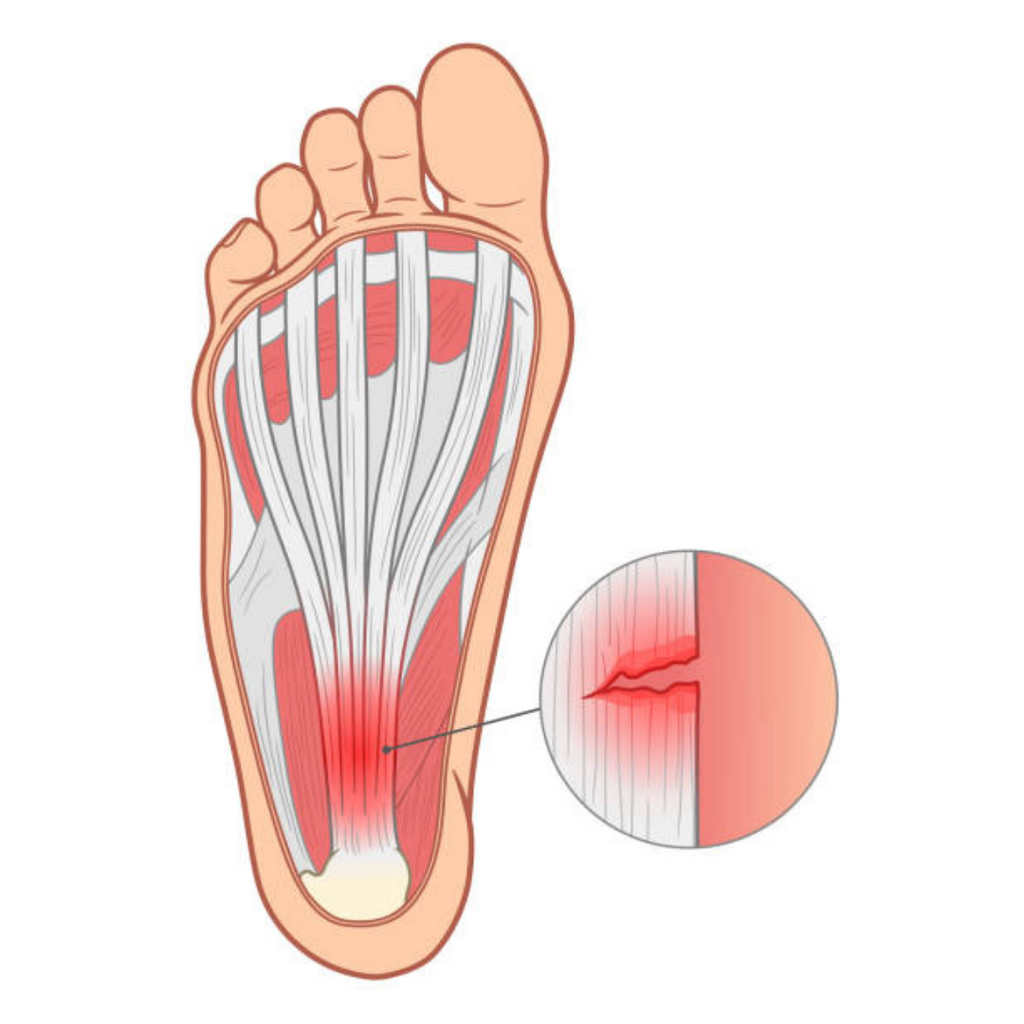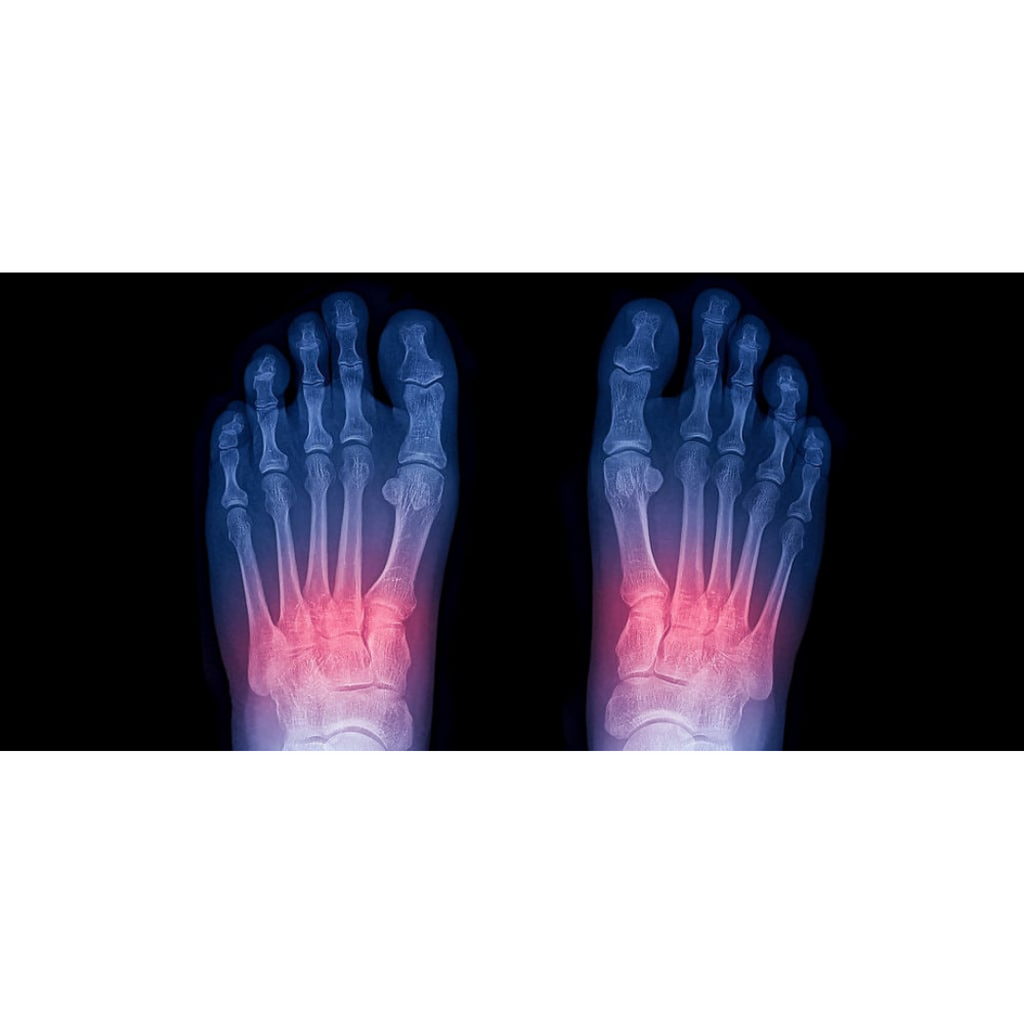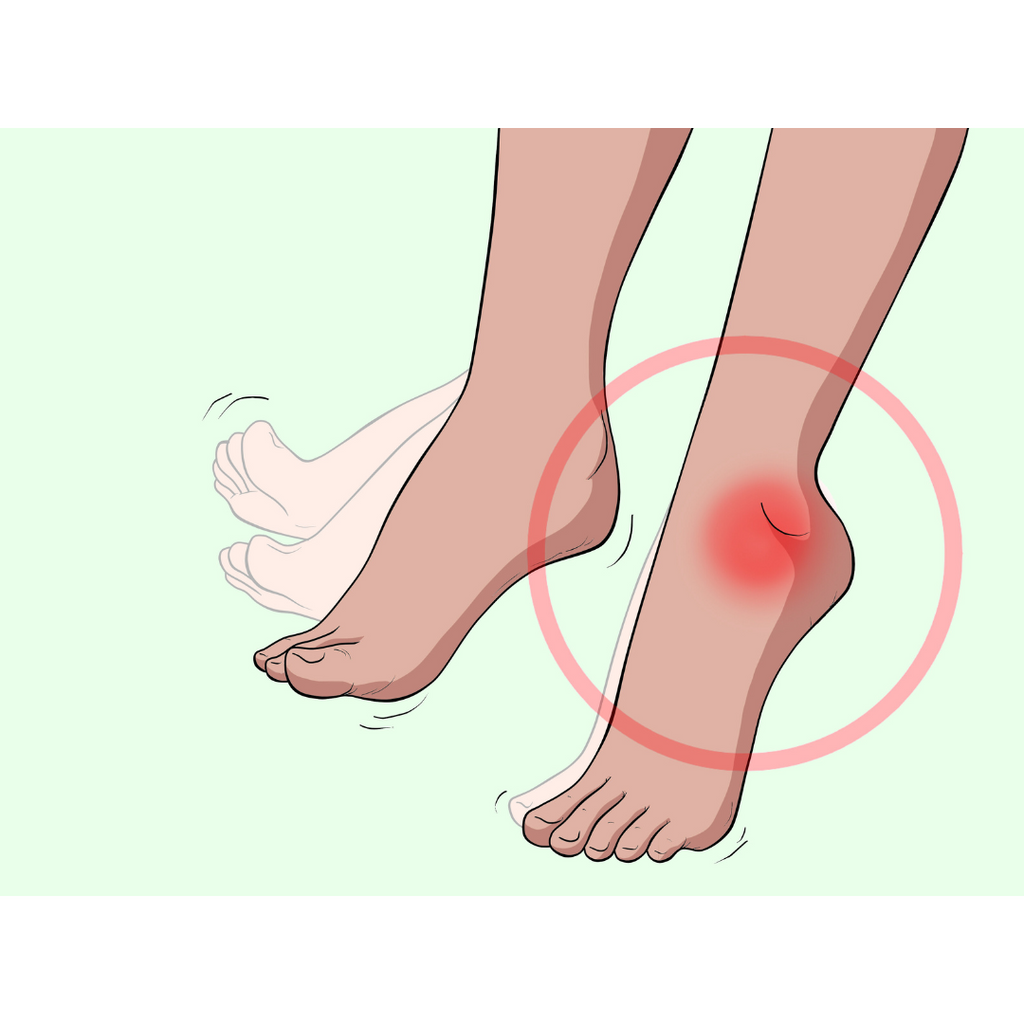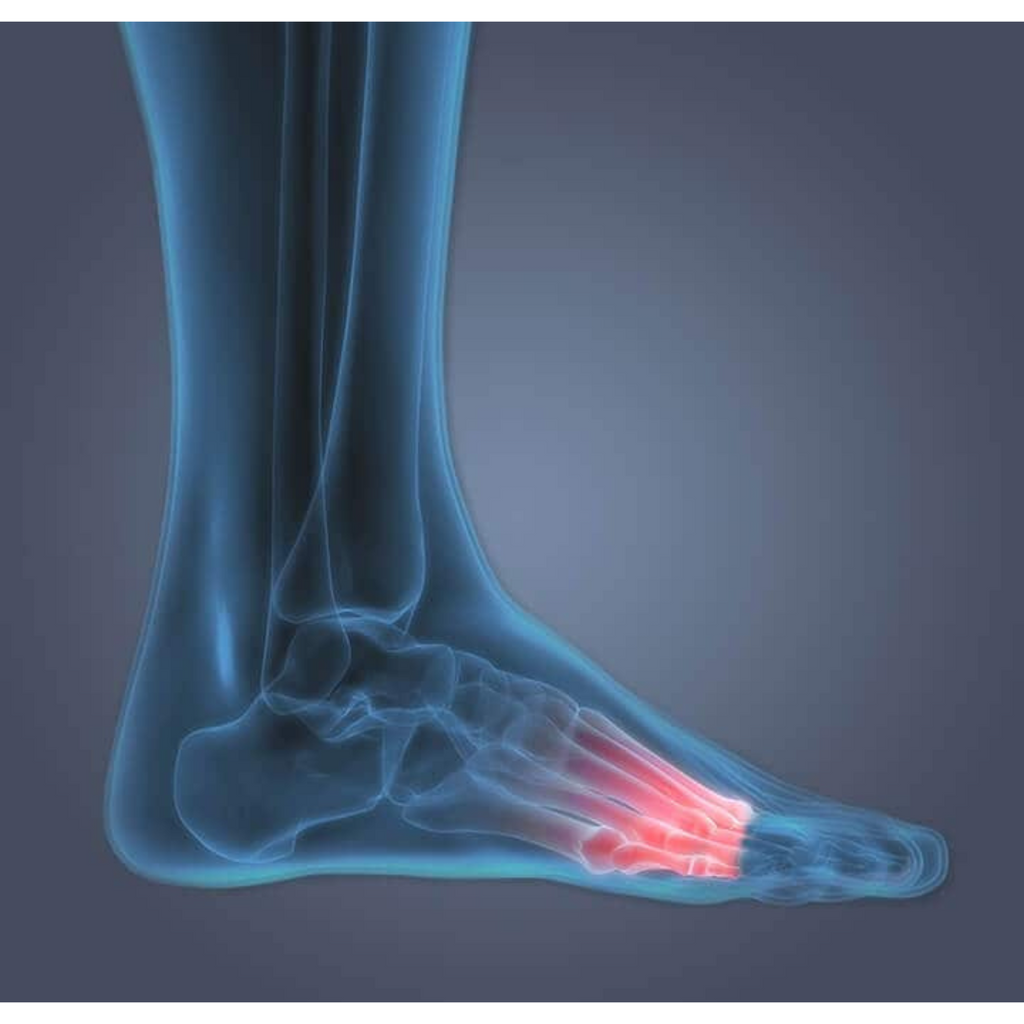The fact that shoulder separations are so commonly misunderstood is what gives them their reputation, not the pain, recovery time, or treatment options. Doctors frequently misdiagnose these injuries in older adults as arthritis or chronic pain, preventing them from receiving proper treatment. In the case of the shoulders, a sloppy recovery can lead to long-term pain or disfigurement. Hence, the first step toward receiving the best care possible is having a full grasp of your shoulder separation. Learn how to keep your shoulders strong with effective treatment options, exercises, and dietary recommendations.
Understanding AC Shoulder Separation
The condition is best described as a separation of the AC joint in the shoulder, which is frequently misunderstood by people who have had a shoulder separation injury. The AC joint, also known as the acromioclavicular joint, connects the scapula and clavicle, two major bones that make up our shoulders. Without it, there would be little to keep our upper arms in place.
When the soft tissues in the shoulder AC joint become stretched, strained, torn, or completely broken as a result of a fall or another type of injury, the joint becomes stretched, strained, torn, or completely broken. The length of time it takes to recover from an AC shoulder separation is determined by the severity of the joint damage.
Shoulder Separation Grades
A shoulder separation is classified into six severity levels, which a doctor will determine during an examination. Grades one through three are used to classify the most common types, which range from partial shoulder separations to complete dislocations. Grades four and above are much rarer and are usually caused by high-energy impacts.
Grade 1 Shoulder Separation
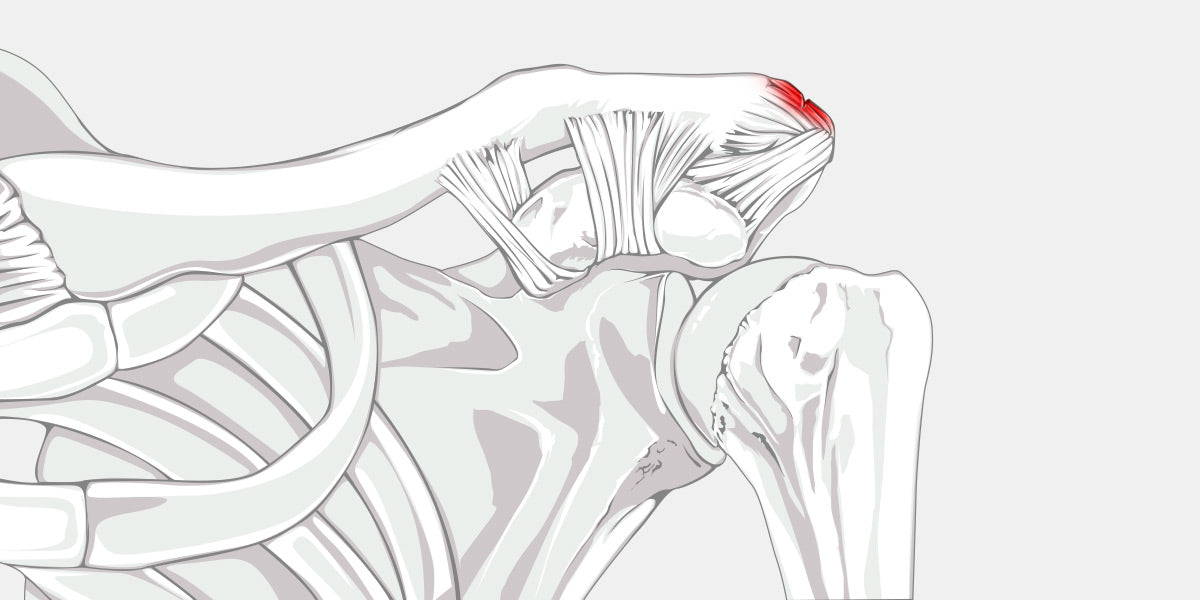
A grade 1 shoulder separation is the most common and the most easily treated.
Type 1 shoulder separation is the most common and consists of slight stretches or partial lacerations of the ligaments. As the simplest shoulder separation of all, you will be uncomfortable for a short time and will soon regain full arm function.
Grade 2 Shoulder Separation
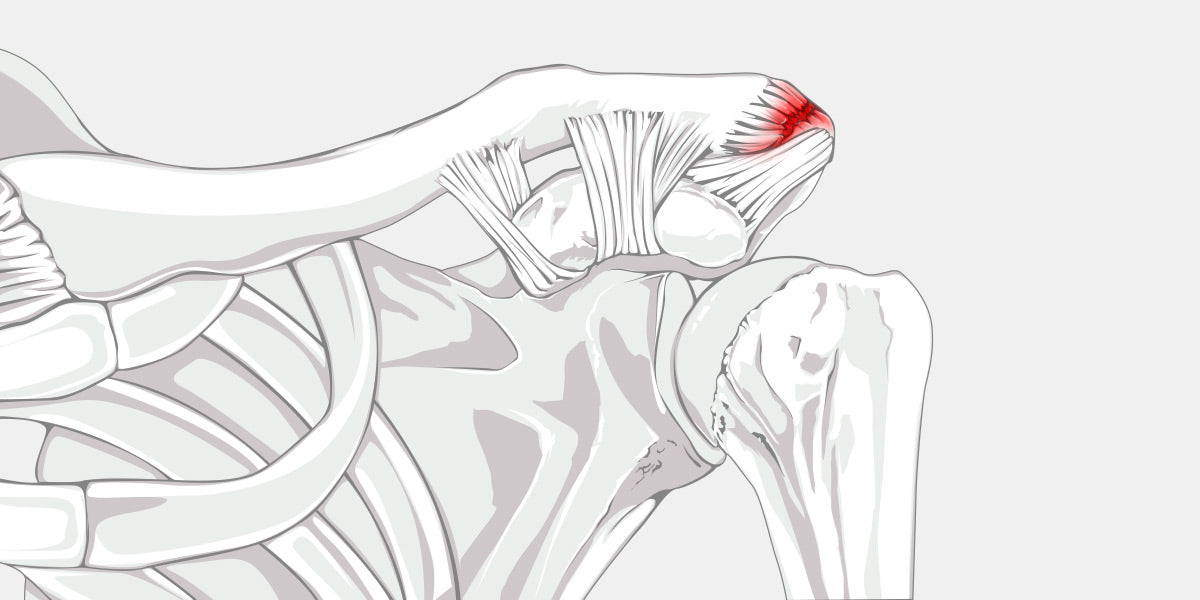
Although a grade 2 shoulder separation is not visible to the naked eye, it is more severe than a grade one separation.
Type 2 acromioclavicular joint dissection frequently involves some displacement but is frequently missed on physical examination. Although this is still considered a milder shoulder separation, pain and discomfort can last for weeks even after full function is restored.
Grade 3 Shoulder Separation
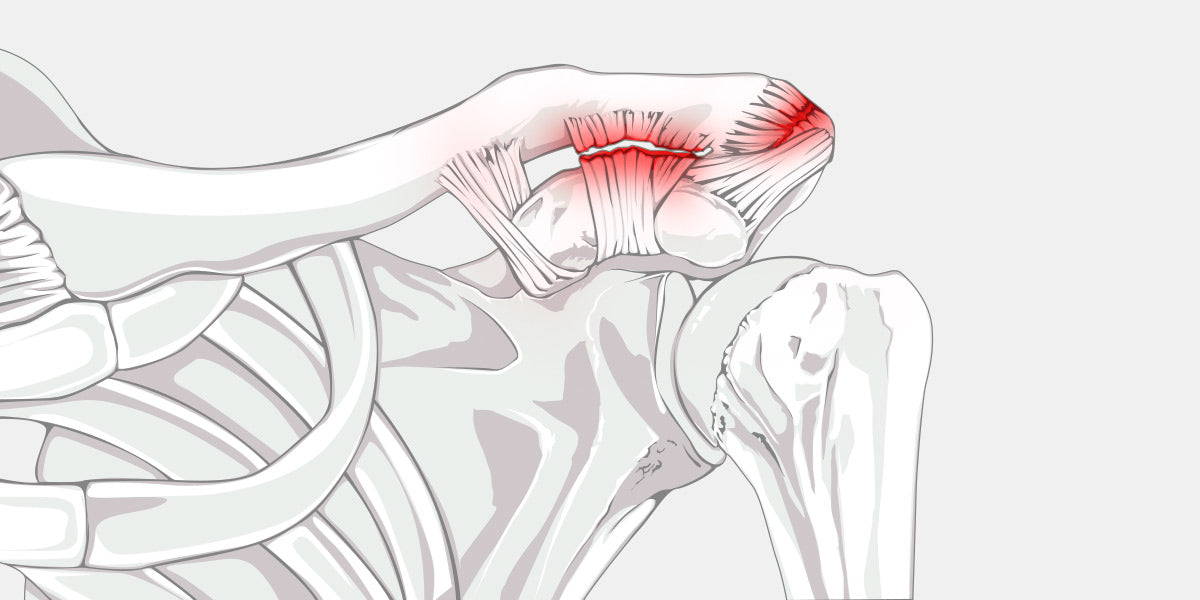
A grade 3 shoulder separation involves complete joint separation, but prompt treatment results
Type 3 shoulder separations are distinguished from the previous two by the complete separation of the joint. A physical examination should be able to detect a level 3 shoulder separation quickly, and while some will have a minor cosmetic defect, the arm's function should return to normal.
Grade 4 Shoulder Separation and Beyond
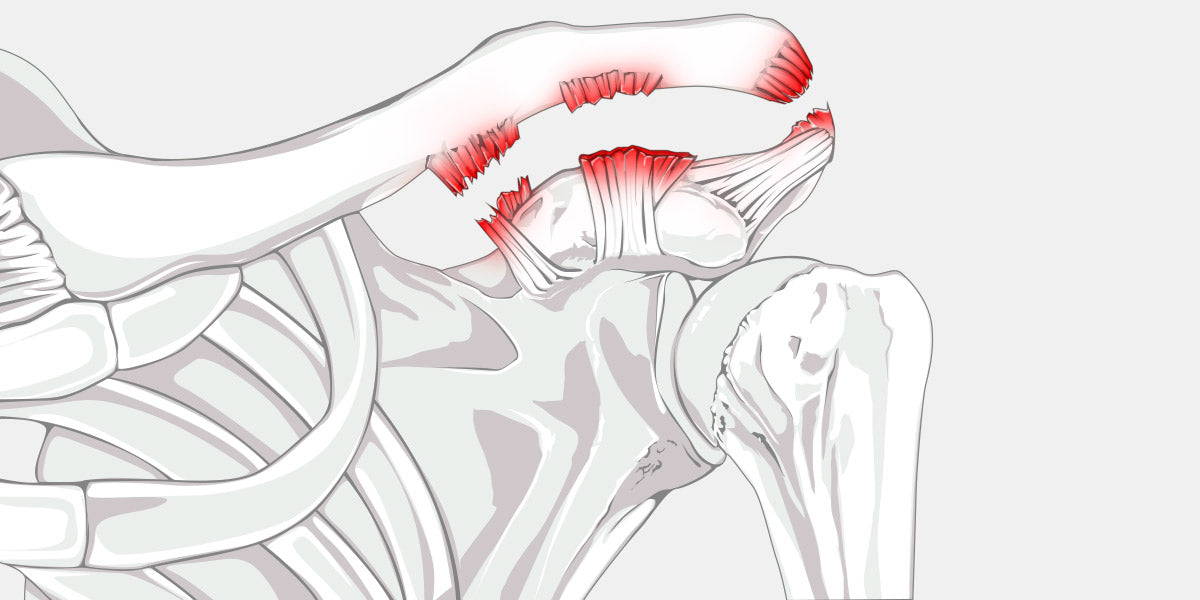
Those who have shoulder separations that are more severe than grade 3 may not be able to regain full joint functionality.
After grade 3, there are three levels of AC shoulder separation. The main difference between grades four and six is that surgery is usually required, and arm function may not be fully restored. These higher grades, fortunately, are extremely rare and are usually only experienced by athletes.
Shoulder AC Separation Causes
Shoulder joint separation for older people is usually caused by a fall and is not serious. However, a number of factors, including age, anatomy, gender, and previous injury, can increase the risk of separation after a fall or other accident. In the following sections, we will look at two of the most important factors that increase the likelihood of AC separation.
Age
Despite a statistical decline in physical activity, the American Academy of Orthopedic Surgeons discovered that shoulder separations are just as common in older adults as they are in young adults. This can be caused by a number of factors, such as arthritis, weakened joints, or a general lack of flexibility.
Keep in mind that shoulder separation is more likely to be misdiagnosed in older adults. This often leads to persistent pain that might otherwise have been prevented.
Previous Injury
Another risk factor for older people is that they are more likely to have been injured in the past. Previous injuries, especially level 3 shoulder separation, result in long-term weakening of the entire area. This is why those who have previously experienced a separation should protect themselves by stretching on a regular basis.
Shoulder Separation Symptoms
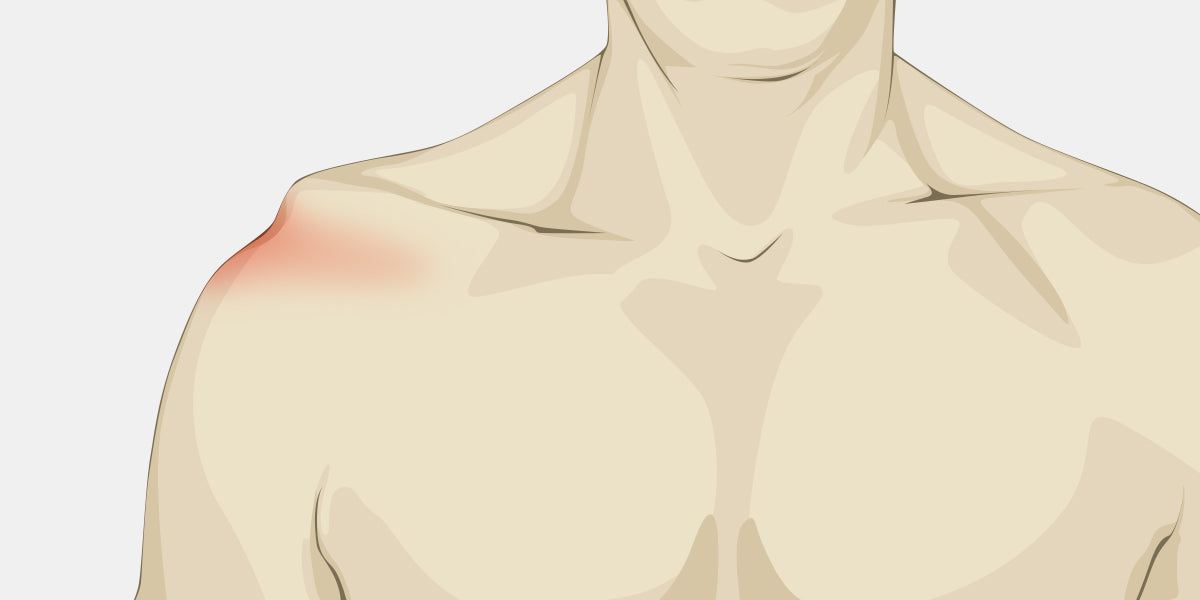
Shoulder separations below grade 3 are not visible, but severe separations show physical deformation.
The symptoms of a right or left shoulder separation will differ depending on the severity of the injury. As the grade progresses, expect more severe symptoms, though visible disfigurement should not appear until a grade 3 shoulder separation.
- Pain: Shoulder separation pain can range from mild to severe, but it should go away within a few weeks.
- Swelling: Swelling is your body's natural response to injury and inflammation, and it's a good sign that your healing process is getting started.
- Loss of Function: Depending on the severity, a damaged shoulder joint can range from slightly stiff to completely immobile.
- Disfiguration: This symptom, known as a "shoulder separation bump," will be visible to the naked eye.
Shoulder Separation Treatment
Your shoulder separation treatment will be entirely determined by the severity of the injury. Grades one through three are usually treatable without surgery, though an X-ray of the shoulder separation may be required to be sure.
Controlling the joint’s motion during your day-to-day life is important during your treatment process. Arm slings are an effective way to accomplish this, and hot and cold therapy will help to reduce pain and swelling.
Dangerous joint movement will be prevented by an arm sling to reach a full recovery. (see product)
Shoulder Support
Shoulder separation may necessitate more support than a sling can provide. A shoulder brace will immobilize the joint, allowing it to heal while also protecting it from further harm. To reduce the risk of re-injury, you can also use shoulder support after you've healed, especially during exercise.
Your shoulder will be stabilized and supported by a brace, which will prevent further damage and re-injury. (see product)
AC Shoulder Separation Rehab
The majority of AC shoulder separation treatments are non-surgical and can be completed through rehabilitation. This is great news for people who have joint injuries because there are many free shoulder separation exercises they can do at home. Of course, you should first consult with your doctor.
The best way to overcome the stiffness and pain associated with a shoulder joint injury is to try a variety of stretches and exercises. Try a few of these for a full-body workout:
Front Stretch
Brace your arm against a strong point on a doorframe or handrail. Then, gradually rotate your torso outward and away from this point, allowing your shoulder front muscles to stretch. Hold for 15 seconds before releasing three times
Pendulum
Swing your arm from side to side while bending over, supported by a table or chair. As you become more comfortable with the exercise, gradually increase the range of motion. The ultimate goal is to turn 90 degrees in all directions.
Rotation Exercises
Place your injured shoulder against a clear wall and point it inward. Place the back of your wrist against the wall with your upper arm at your side and your forearm extended outward at 90 degrees. For a gentle stretch, rotate your shoulder forwards (external rotation) or backwards (internal rotation) from this position.
Shoulder Separation Surgery
The majority of grade 3 shoulder separations can be treated without surgery, but in some cases, surgery is advised. AC shoulder separation surgery is a low-risk procedure that is ideal for those who are concerned about the cosmetic consequences of their injury.
The purpose of grade 3 shoulder separation surgery is to repair torn ligaments and stabilize broken bones. While the pain will last a few weeks longer, this will ensure a healthy recovery and reduce long-term complications. Recovery time after shoulder separation surgery can range from a few days to up to 12 weeks.
Products that Help Reduce Shoulder Separation
Shoulder Separation Recovery Time
Maintaining a healthy regimen of stretches and other exercises is the best way to speed up AC shoulder separation recovery time for levels one through three. If the pain persists, see your doctor for more information.
Grade 1 Recovery
If treated with regular stretching and exercises, grade 1 shoulder separation recovery should only take a few days. The recovery should be complete, with no visible abnormalities and full functionality restored.
Grade 2 Recovery
A grade 2 shoulder separation will take slightly longer to recover from, possibly up to two or three weeks, but will result in full function of the injured arm. At this stage, surgery should never be considered, but stretching with the help of a partner or therapist may be beneficial.
Grade 3 Recovery
The recovery time from grade 3 shoulder separation surgery can range from a few weeks to more than a month. Surgery should not significantly lengthen this process, but it can reduce the likelihood of complications during your recovery.
Shoulder Separation Prevention
The most effective defense against an AC joint injury occurs prior to the accident. A few healthy habits that you can implement on a weekly basis will not only keep your shoulders strong, but will also leave you feeling fitter and happier.
- Include shoulder stretches in a quick morning workout routine.
- Aim for a well-balanced diet that includes anti-inflammatory foods like cherries, blackberries, and salmon.
- If you have a previous shoulder injury, even if it is years old, take extra precautions to protect that area.
- Get a professional opinion if your shoulder pain lasts more than a week to ensure proper recovery.
Coming Back From a Shoulder Separation
As previously stated, the first step toward recovering from a shoulder joint injury is arming yourself with the information you need to seek the appropriate treatment. Following a proper diagnosis, maintaining a regular exercise regimen, or seeking surgery will have you back in top shape in a matter of days or weeks. While the pain and discomfort may make you feel down in the short term, the right treatment will go a long way toward removing any long-term effects.



